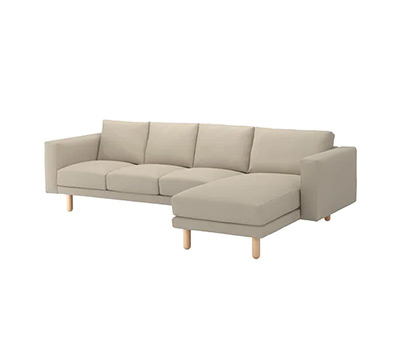How to Build Acoustic Panels A Step-by-Step Guide
Acoustic panels are essential for improving sound quality in any space, whether it's a home studio, office, or living room. They help absorb sound waves, reducing echoes and noise levels. If you’re looking to enhance your auditory environment, building your own acoustic panels can be a cost-effective and rewarding project. Here’s a simple guide on how to get started.
Materials Needed
1. Framework You will need wooden boards (such as 1x4 inch pine) to create the frame of your panels. 2. Insulation Acoustic insulation material, like rockwool or fiberglass, can be used to absorb sound. 3. Fabric Choose a breathable fabric to cover the panels. Burlap, cotton, or speaker fabric are good options. 4. Adhesive Use construction adhesive or staples for securing the fabric. 5. Tools A saw, drill, measuring tape, and staple gun will be required for assembly.
Step-by-Step Process
1. Measure and Cut the Frame Decide on the size of your panels based on the space available. Common dimensions are 2x4 feet or 1x4 feet. Cut the wooden boards to size for the frame, ensuring you have two horizontal and two vertical pieces for each panel.
how to build acoustic panels

2. Assemble the Frame Join the wooden pieces into a rectangular frame using wood screws. Ensure the corners are square, as this will impact the overall appearance and functionality of the panel.
3. Add Insulation Cut the insulation material to fit snugly inside the frame. Place it within the frame, ensuring it occupies the entire inner area without any gaps. This will enhance the sound absorption qualities of your panels.
4. Cover with Fabric Lay the fabric face down on a clean surface. Center the frame on the fabric, then fold the fabric over the edges and staple it to the back of the frame. Make sure the fabric is taut but not stretched to avoid any wrinkles.
5. Finish and Install Once the panel is covered, you can add a backing if desired for added durability. Then, find suitable locations to hang your panels—preferably at first reflection points in the room. Use wall anchors or brackets for secure installation.
By following these steps, you can create effective acoustic panels tailored to your specific needs. Not only will they enhance sound quality, but they will also add a decorative element to your space. Enjoy your DIY project and the improved acoustics that come with it!
-
Wooden Sound Proof Panels for Conference RoomsNewsJun.13,2025
-
Maintenance Tips for Felt Wall PanelsNewsJun.13,2025
-
How to Clean and Maintain a Pet Snuffle MatNewsJun.13,2025
-
Custom Shapes and Sizes for Polyester Fiber Acoustic PanelsNewsJun.13,2025
-
Best Sound Proof Panels for Home TheatersNewsJun.13,2025
-
Benefits of Wooden Acoustic Wall Panels for Home TheatersNewsJun.13,2025
